- 注册
- 登录
- 小程序
- APP
- 档案号

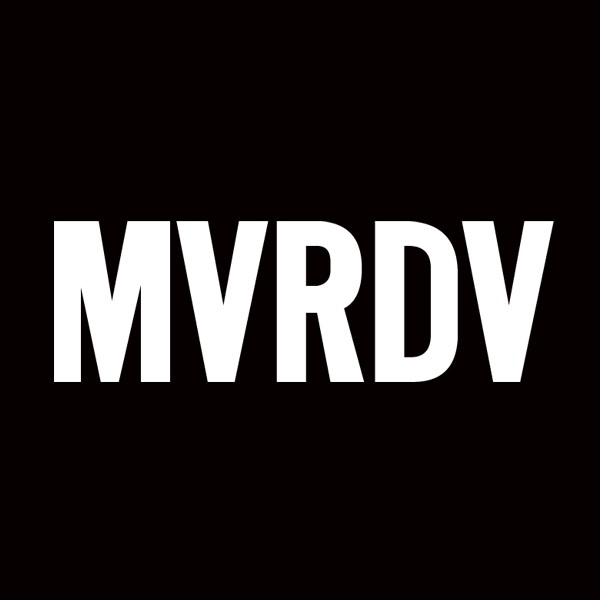
MVRDV · 2021-01-20 09:20:40
MVRDV的方案“织物”从改造韩国首尔炭川社区和滨水区域的设计竞赛中胜出,该方案将人行道和自行车道、自然景观和公共设施编织在一起,形成一个充满吸引力、有趣且极具象征性的景观。该项目由首尔市政府负责,计划于2024年完成,届时将在城市中心地带实现自然环境和人类活动的紧密结合。评审团宣布竞赛获胜者时,这样评价了MVRDV的设计:“在生态环境保护和充满创意的功能之间取得了巨大的平衡,用出色的方案为市民提供活动空间和休憩空间,鼓励不同的目标人群充分利用这片区域。”
MVRDV has won a competition to redesign the Tancheon Valley and waterfront in Seoul with “The Weaves”, a design that knits together a tangle of pedestrian and bicycle paths, natural landscapes, and public amenities into an appealing, playful, symbolic landscape. Commissioned by the government of Seoul and planned for completion in 2024, the design introduces an intense combination of nature and human activity in the midst of the city. In announcing the winner of the competition, the jury described how MVRDV’s design “shows great balance between ecology and the creative program, and offers an outstanding strategy to provide urban event spaces and resting areas to citizens, encouraging many different target users to take advantage of the site.”
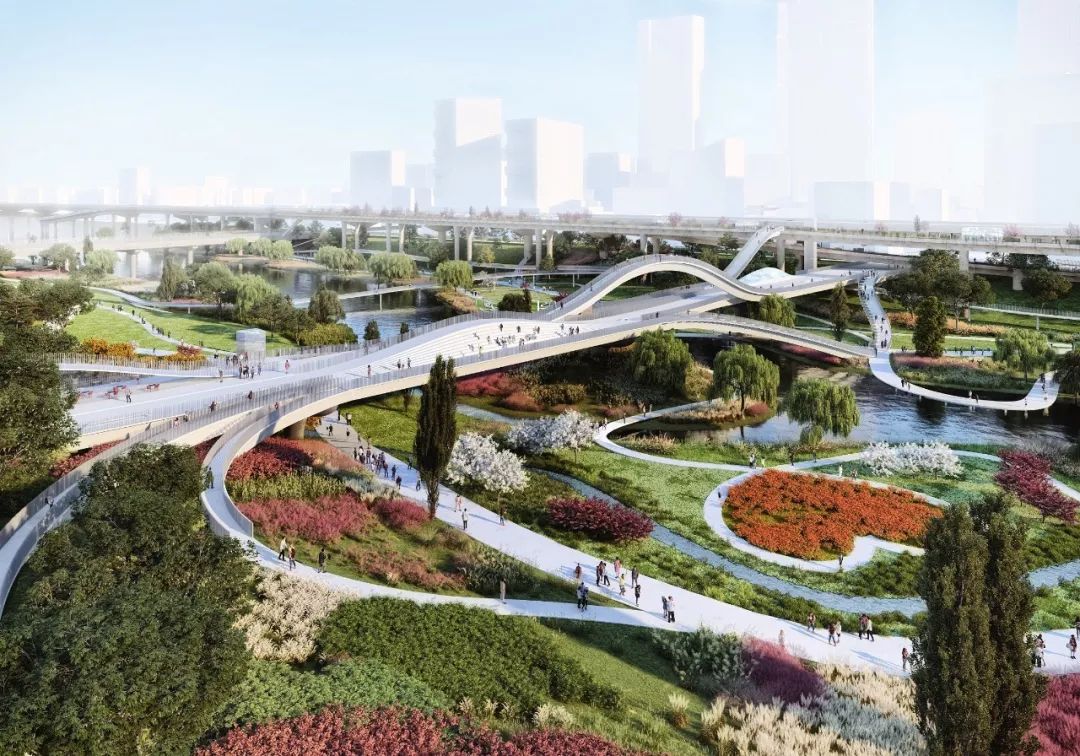
图/Image: © MVRDV
方案将改造目前炭川河沿岸一段以地面停车场和高速公路为主的河段
The design transforms a stretch of the Tancheon River that is currently dominated by surface car parking and highways
该项目位于首尔蚕室洞的前奥林匹克体育场和发展迅速的江南中央商务区之间、炭川河与汉江的交汇处,目前主要由地面停车场和高架桥所组成。MVRDV的设计将会彻底改变炭川河沿岸长达一公里的河段,以及汉江沿岸一片重要的滨水区。
Located between Seoul’s former Olympic Stadium in the Jamsil district and the rapidly growing central business district in Gangnam, the point where the Tancheon River joins the Han River is currently dominated by surface car parking and elevated highway structures. A kilometre-long stretch of the Tancheon River will be completely transformed by the design, as well as a significant stretch of waterfront along the Han River. The central concept of “The Weaves” was to intertwine three aspects of the landscape: natural ecosystems, access for pedestrians, and elements of public program where activities can take place.
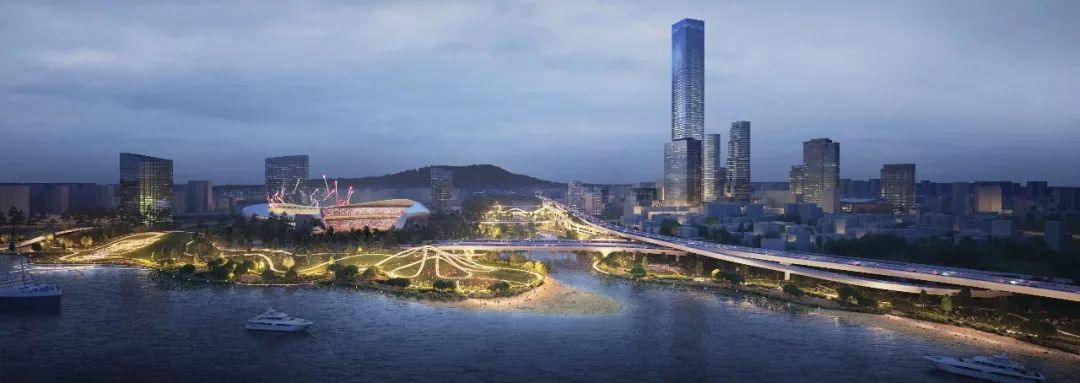
图/Image: © Atchain
“织物” 的核心概念是将三重景观编织在一起:自然生态系统、人行道路以及可以举办活动的公共项目。
The central concept of “The Weaves” was to intertwine three aspects of the landscape: natural ecosystems, access for pedestrians, and elements of public program where activities can take place.
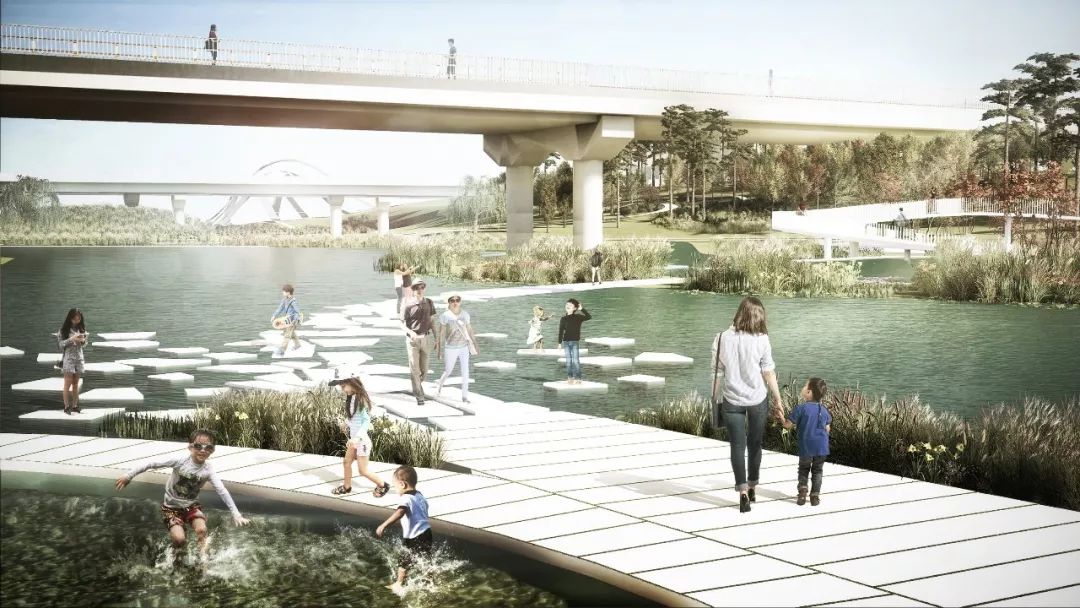
图/Image: © MVRDV / Seoahn Total Landscape Architecture
炭川河将回归到一个更加自然的状态,游客可以通过各种途径接触自然生态
The Tancheon River will be returned to a more naturalistic state, with paths allowing visitors to encounter the natural ecology in a variety of ways
MVRDV方案的第一步是让炭川河回到更加自然的状态:郁郁葱葱的绿色河岸将取代硬地景观,笔直的运河将回归为一条蜿蜒的小溪,包含水生植物在内的原生植被将用于柔化河岸。这些方法将进一步模糊陆地与水之间的边界,与此同时蓄水池、人工岛以及净化设施将为健康的滨水生态系统做出贡献。
The first step in this plan was to return the river to a more naturalistic state, replacing hard landscaping with lush green riverbanks, and changing the river from a straight canal to a meandering stream. The design softens the banks of the river with carefully selected native vegetation, including aquatic plants at the river bank to further blur the boundary between land and water, as well as water retention pools, islands, and purification streams that all contribute to a healthy waterfront ecosystem.
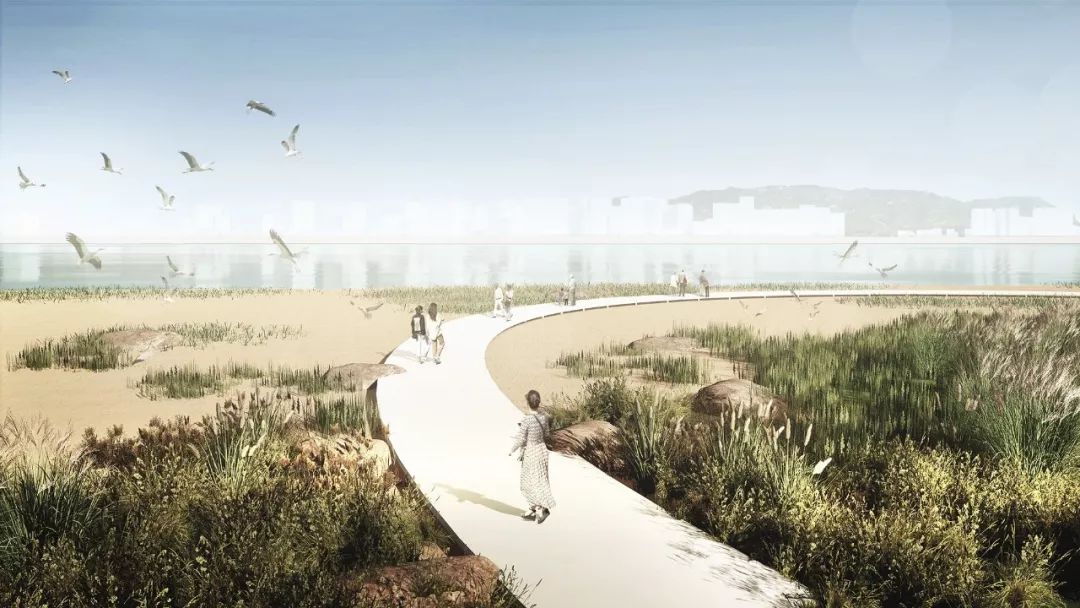
图/Image: © MVRDV & Seoahn Total Landscape Architecture
第二步计划是开发蜿蜒相连的人行道路网络,方便人们步行到达滨水区,为游客创造各种接触自然环境的场景。有些道路在地面上,有些道路则离开地面跨过其他道路,在水面或其他道路上形成一座桥,或者与其他高架人行道相连。
The second part is the development of a network of winding interconnected paths that allow easy pedestrian access throughout the waterfront, creating opportunities for visitors to encounter the natural ecology in a variety of ways. These paths are not only confined to floor level, though, often peeling away from the ground to cross over other paths, form a bridge over the water or roads, or connect to a pedestrian route at a higher level.
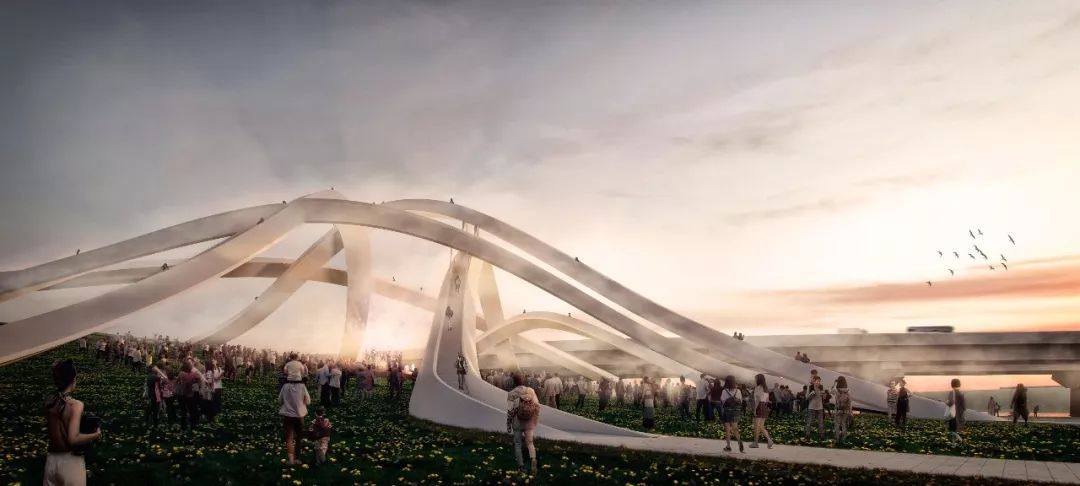
图/Image: © MVRDV & Seoahn Total Landscape Architecture
道路在景观之上交织在一起,创造了观景平台和活动空间
Here the paths intersect and rise above the landscape to create a viewing platform and event space
该人行网络还将整合基地上现有的基础设施:MVRDV建议予以保留和改造原本为了响应政府计划而关闭和拆除的部分高速公路。这些改造后的高速公路将与MVRDV于2017年在首尔市中心完成的“首尔路7017空中花园”项目相呼应,该项目获得了巨大的成功。
This network also incorporates existing infrastructure on the site: in response to the government’s plan to decommission and demolish sections of the site’s highways, MVRDV instead proposed to keep the structures and transform them, echoing the hugely successful Seoullo 7017 project that MVRDV completed in central Seoul in 2017. (Read more about "Seoullo 7017", click here)
纵横交错的道路引出了设计的第三个元素,公园的公共项目。蜿蜒相连的道路或交织成一个广场,或在风景之上塑造一个观景台。有些道路盘旋筑起了一个圆形剧场,它们亦可构成咖啡馆和其他设施的屋顶。最终,造就了一个具有戏剧性三维特征的公园。
This tangle of paths was also used to introduce the third element of the design, the park’s public programme, with paths knotting themselves into a plaza, rising above the landscape to form a viewing point, winding up a hill to create an amphitheatre, or forming the roof for cafés and other amenities. The result is a public park with a dramatic three-dimensional character.
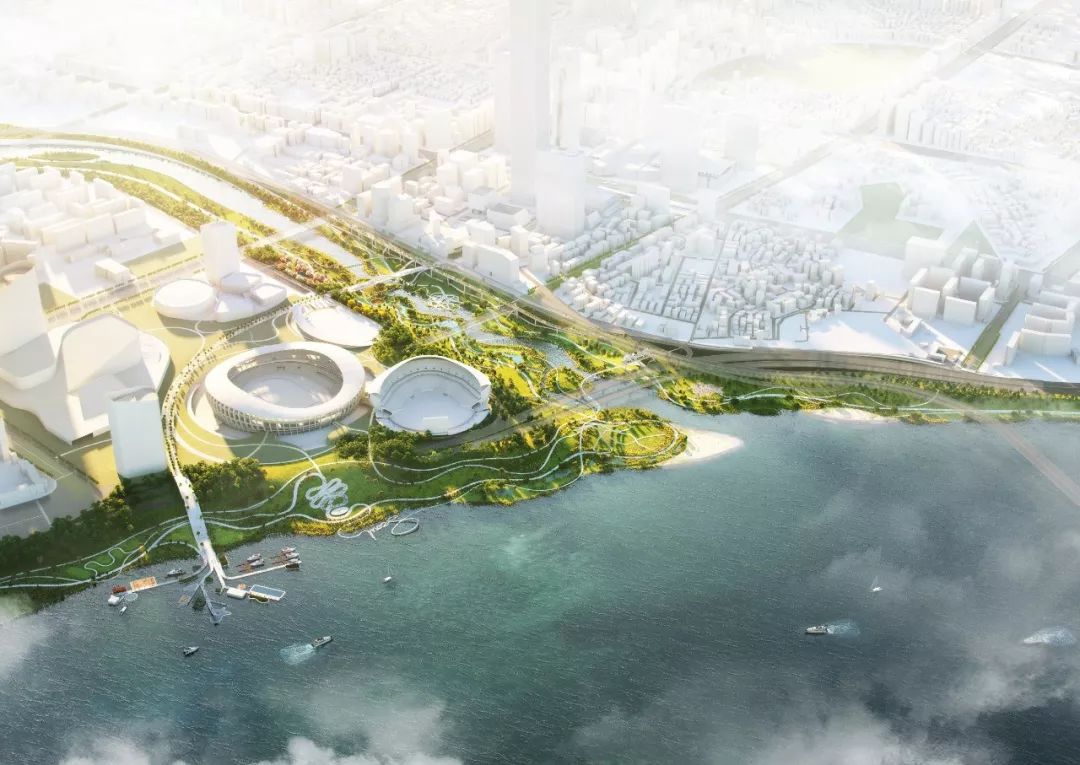
图/Image: © Atchain
设计将会彻底改变炭川河沿岸长达一公里的河段,以及汉江沿岸一片重要的滨水区
The design transforms a kilometer-long stretch of the Tancheon River and a significant stretch of the Han River waterfront
“首尔正在用令人惊叹的方法,一步步将灰色和废弃的基础设施改造成充满活力和绿色的社交空间。” 曾打造了”首尔路7017空中花园”的建筑师和城市规划师、MVRDV联合创始人Winy Maas表示:“ ‘织物’是一个将独特且多样化的行人网络与自然景观相结合的设计。这个设计同时还与当地的形象相呼应。历史上,蚕室洞以生产丝绸而闻名,我们的设计以一种独特而有趣的方式让人们回想起这里曾经缠绕在一起的丝线。在这个交织的诗意方案中,移动的人群就像一首首风景诗。”
“Seoul is taking amazing steps to transform grey and obsolete infrastructure into lively green and social spaces”, says MVRDV founding partner Winy Maas, who also worked on Seoullo 7017. “The Weaves is a design that introduces natural landscape combined with exceptional, varied access. It also responds to the local identity. Jamsil is known for its history of silk production and the design recalls the tangled silk threads of its past in a unique and playful way. It becomes an intertwining poem where movement becomes landscape poetry.”
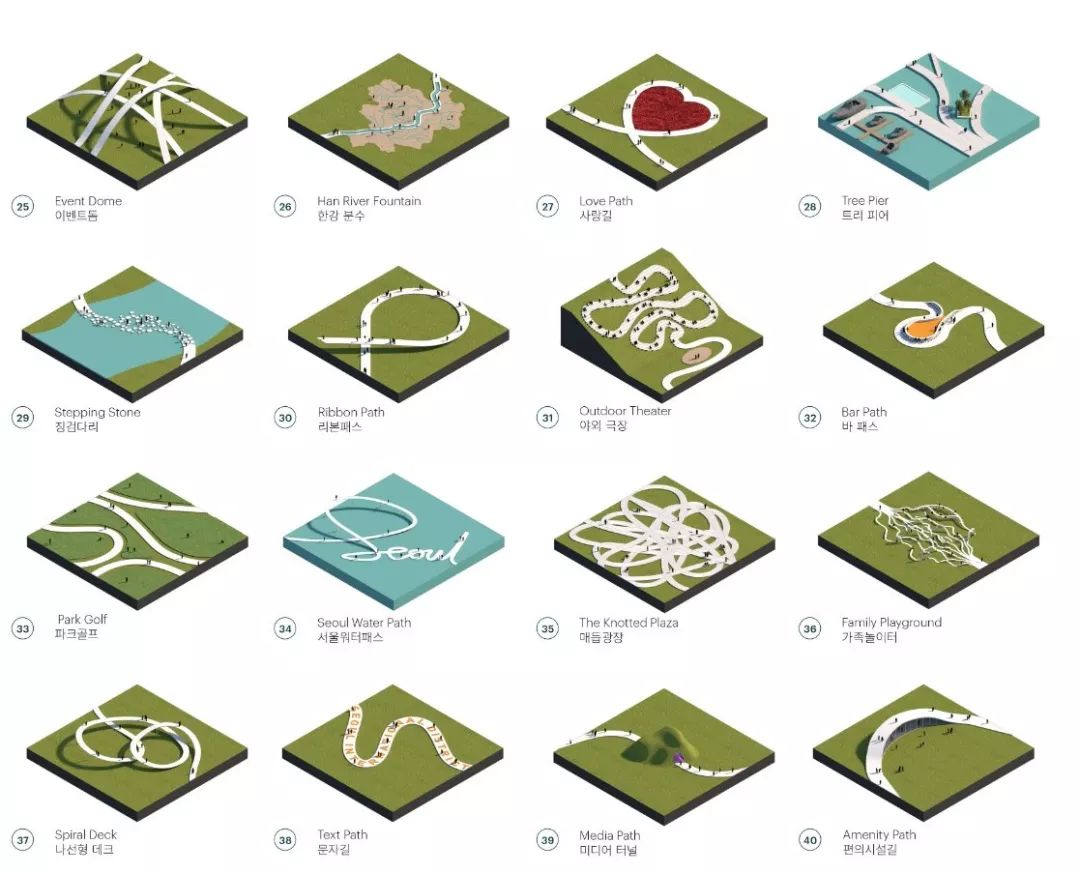
图/Image: © MVRDV
The paths overlap and intersect, split and recombine, twist and turn, and rise and fall to create plazas, viewing points, amphitheatres, cafés, and other amenities
道路相互重叠、交叉、分散、重组、旋转和起伏,形成了广场、观景点、圆形剧场、咖啡馆和其他便利设施
项目最引人注目的是连接江南区和奥林匹克公园的人行天桥:多条道路仿佛从桥下方的河流中升起,交叉形成了一个包括观景台、小看台和多媒体层的高架人行天桥。这座桥通向一条穿过奥林匹克体育场的蜿蜒道路,最终到达 “树丫码头”,该码头包含数条分散至汉江水面的小径。
A highlight of The Weaves is the pedestrian bridge connecting the Gangnam district to the Olympic Park. A bundle of paths rise up from the river below to form a crossing that incorporates a viewing platform, a small tribune, and a media floor. This bridge leads to a path that cuts past the Olympic Stadium, curving around to eventually end at the “tree pier”, a diverging cluster of paths extending into the Han River.
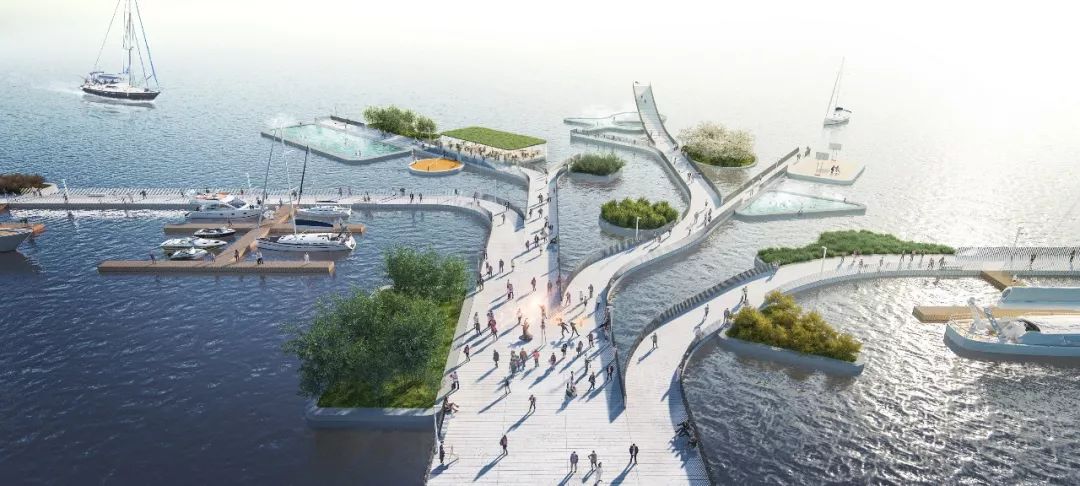
图/Image: © MVRDV
一座人行天桥通向穿过奥林匹克体育场的蜿蜒道路,最终到达 “树丫码头”
A pedestrian bridge connects Gangnam to Jamsil, leading to a path that cuts past the Olympic Stadium, and ends at the “tree pier”in the Han River.
其他备受关注的公共功能包括“盛会穹顶”,一组交叉的高架人行道形成了观景结构及下方半覆盖的活动空间;“家庭游乐场”,道路分解成许多线条,形成了攀爬设施、长椅和动物形象;“首尔水路”,这是一段延伸至汉江水面的道路,以连体字拼出“Seoul” (首尔)。
Other notable public functions incorporated into the path include the Event Dome, a group of raised crossing paths that form a viewing structure and a semi-covered event space underneath; the family playground, where the path frays into many lines that form climbing structures, benches, and animal figures; and the Seoul Water Path, a section of path that extends out over the water of the Han River to spell the word “Seoul” in a looping script.
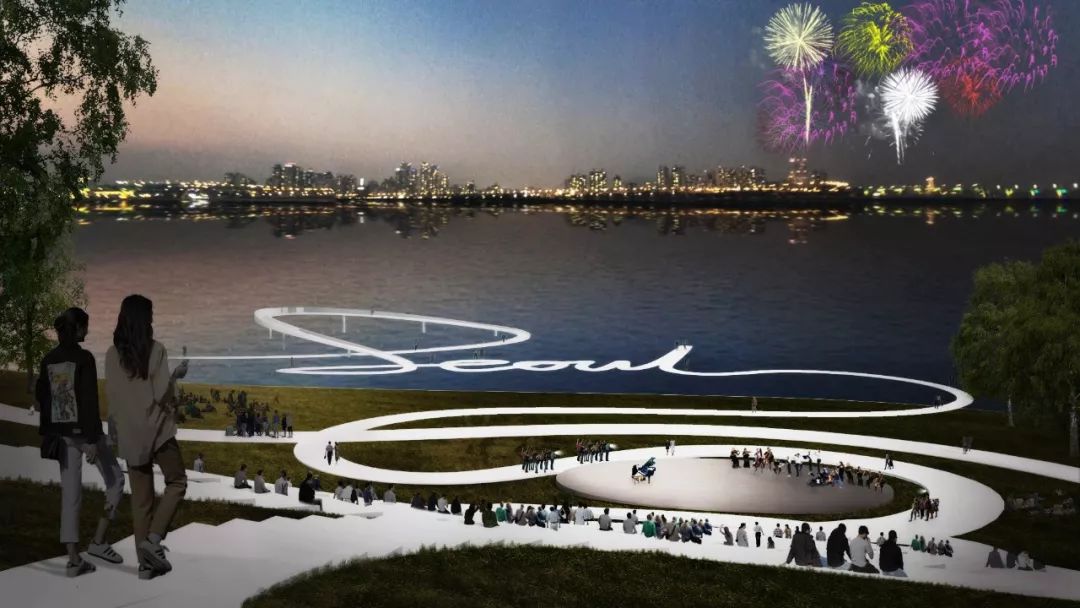
图/Image: © MVRDV
“首尔水路”,一段延伸至汉江水面的道路,以连体字拼出“Seoul”
Seoul Water Path, a section of path that extends out over the water of the Han River to spell the word “Seoul” in a looping script
场地留存的结构包括一条沿炭川河西侧的高速公路坡道,它将被改造成一个高架公园,并与道路网络的其余部分相连;另一条横跨炭川河河口的高速公路,它的大部分将被拆除,但其中一部分将作为骑行中心被保留。
Of the existing structures preserved on the site, one highway ramp running along the western side of the Tancheon River will be transformed into a raised park and connected to the rest of the path network. Another section of highway crossing the mouth of the Tancheon River will be largely demolished, but a piece of it will be preserved to host a cycling hub.
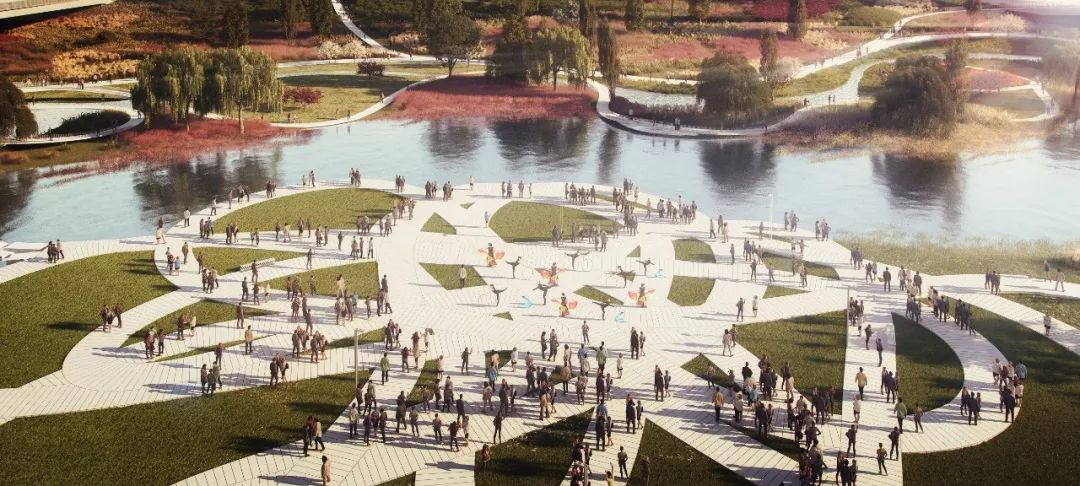
图/Image: © MVRDV
MVRDV与当地建筑事务所NOW Architect和Seoahn Total Landscape Architecture共同完成了“织物”的设计方案。该项目预计于2021年开工,2024年完工。
The design of The Weaves was completed with NOW Architect working as the local co-architect and Seoahn Total Landscape Architecture. Construction is expected to begin in 2021, with completion planned for 2024.
MVRDV建筑规划事务所总部位于荷兰鹿特丹,致力于以国际视野在全球范围内为当代的建筑和都市问题提供解决方案。MVRDV于1993年由Winy Maas、Jacob van Rijs和Nathalie de Vries创立,事务所的创作过程基于深度研究与高度协作,各个领域的专家、客户及利益相关方从项目初期一直参与设计的全过程。直率而真诚设计成果堪称典范,让城市和景观朝向更美好的未来发展。 MVRDV以独特的工作方法设计了一系列各类型和尺度的建筑、城市规划、区域愿景、出版物、艺术装置和展览。目前正在进行的项目包括位于荷兰鹿特丹的公共艺术仓库,法国巴黎市中心一座混合功能建筑的改造,美国纽约的一座高层混合功能建筑,以及分布在荷兰、法国、中国、印度和其他国家的各类型项目。2018年,MVRDV被授予Architizer年度最佳公司,评审团的评语写道:“如果世界上有一家事务所能够概括说明为何如此多的人对建筑着迷,那就是MVRDV。”
特别声明
本文为自媒体、作者等档案号在建筑档案上传并发布,仅代表作者观点,不代表建筑档案的观点或立场,建筑档案仅提供信息发布平台。
12
好文章需要你的鼓励

 参与评论
参与评论
请回复有价值的信息,无意义的评论将很快被删除,账号将被禁止发言。
 评论区
评论区